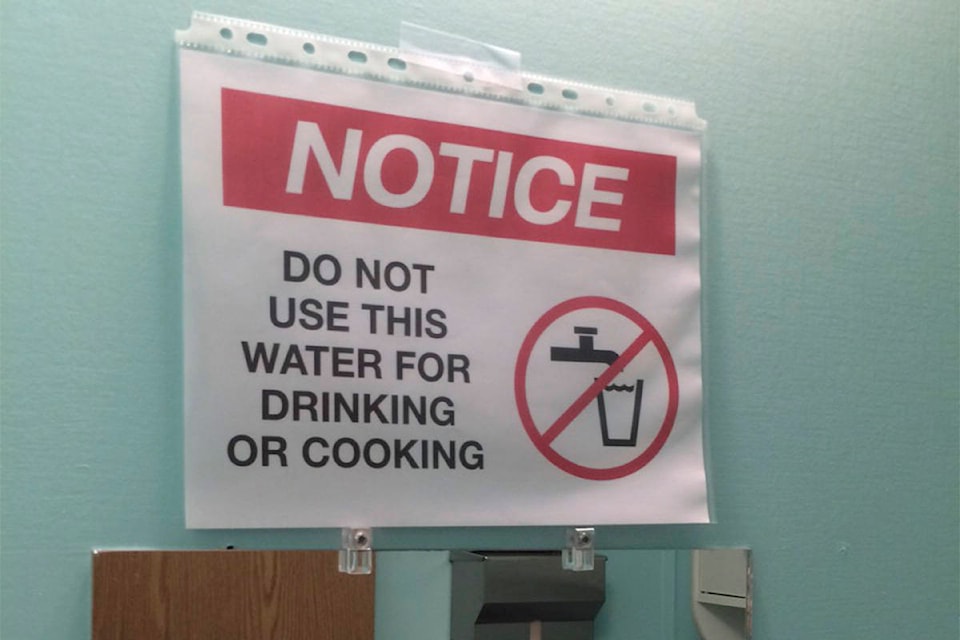The Yukon’s chief medical officer of health refused to provide detailed figures showing lead levels in drinking water at territorial schools, stating that it could derail work the government is trying to do to remedy the problem.
“I have advised not to release the stats because there’s a lot of anxiety about this,” said Dr. Brendan Hanley. “When you release detailed numbers, people focus on the numbers and not on the work.”
Hanley said he doesn’t see a problem releasing figures when “everything is said and done.”
He directed follow-up questions to the Department of Education.
The News asked the department whether statistics showing lead levels will be made public. In a written statement, spokesperson Kyle Nightingale did not address the question specifically.
”If our school communities request further information on the testing at their schools, we would provide that to them with some further background on the testing procedure and what the data means. For now, the most important information is which water fixtures need upgrading. This information has been shared and the work has begun to replace those fixtures,” he said.
The Yukon government is identifying water fixtures hooked up to school fountains and sinks for replacement. About 160 of the components have been tagged so far. The school with the most fixtures in need of replacing is Robert Service School, in Dawson City, with 34 of them, including one drinking fountain and one kitchen sink.
It seems that some of these components are dated – “up to 30 years old,” Hanley said.
He said about 20 schools were tested for lead, confirming there’s a quantitative result for each school.
“I do have an issue with releasing it right now, because I think it’ll interfere with what we’re trying to do,” he said.
Drinking fountains have been shut off at a number of schools.
The territorial standard for acceptable levels of lead is 20 micrograms per litre. If levels are below the benchmark, it’s considered safe, Hanley said.
Phase one involved inspecting all water fixtures in schools built before 1990 this summer. Building codes before this period weren’t stringent about products containing lead, according to the education department’s website.
Stage two will occur next summer, targeting schools built post-1990.
Piping, Hanley said, has been ruled out as the source of the lead, according to test results.
Staff determined the fixtures to be the primary source. It’s mostly in the soldering, Hanley said.
Hanley said that the job is to move step-by-step in order to determine the primary source of the problem.
If there’s a high yield of lead in the first flush of water and not in the second, it means it’s the fixtures, Hanley said.
“All of the testing has isolated the problem to the fixtures,” he said. “We weren’t aware of any source pipes containing lead. The testing hasn’t indicated the pipes are the problem.
“These are changes that need to be made to comply with modern standards. It’s to minimize any amount of lead that we can control. It’s not that there’s an acute risk or kids have been exposed for years or decades – it’s just good preventative practice,” Hanley said.
Contact Julien Gignac at julien.gignac@yukon-news.co
